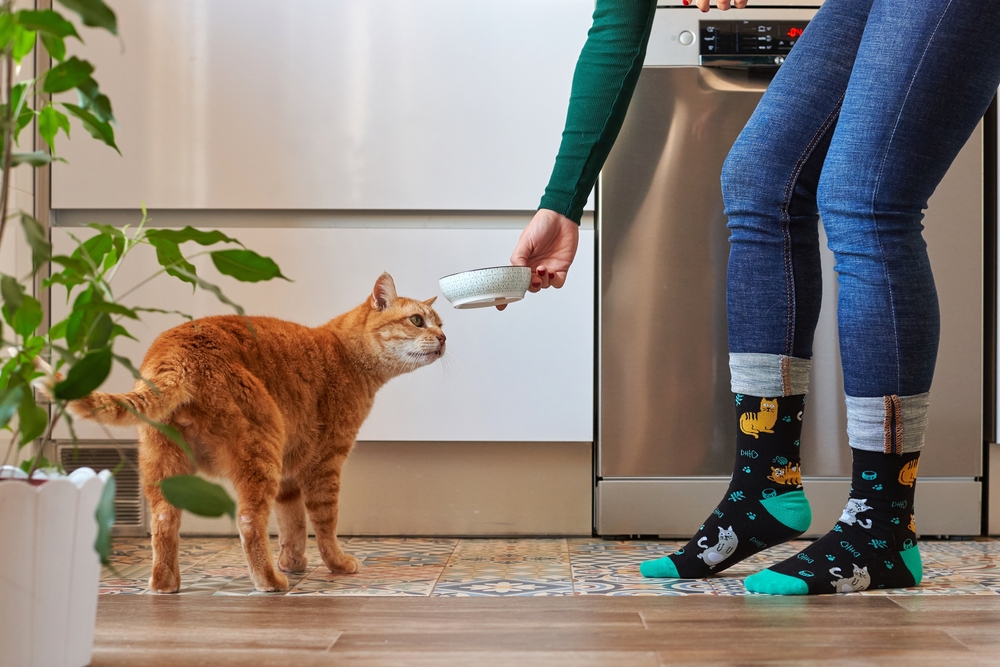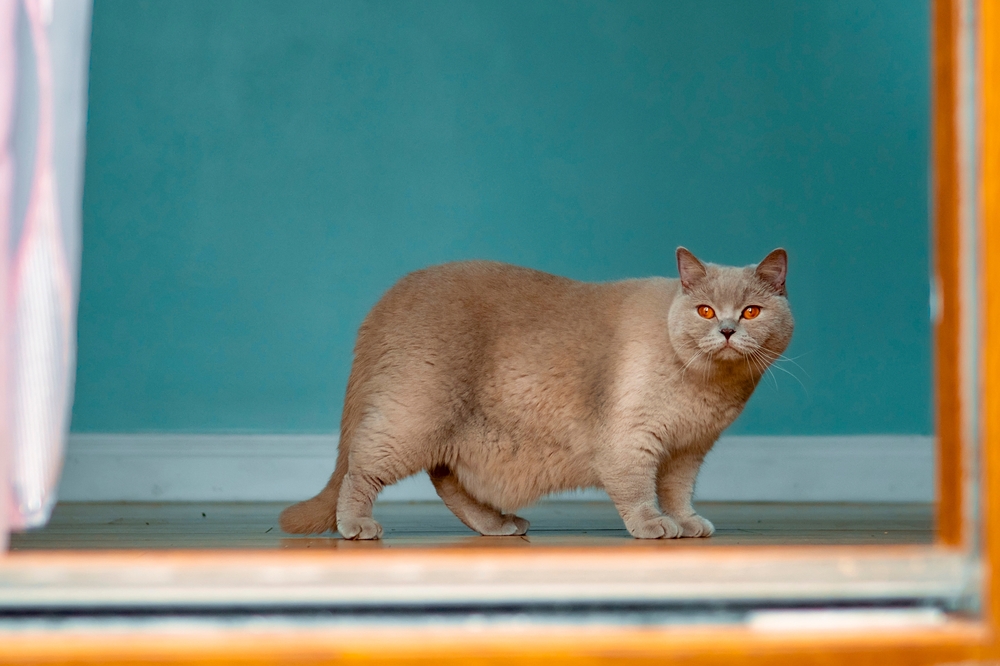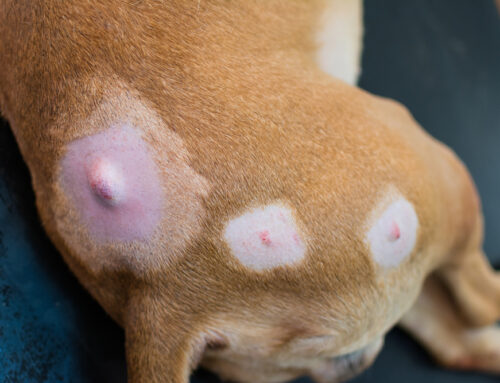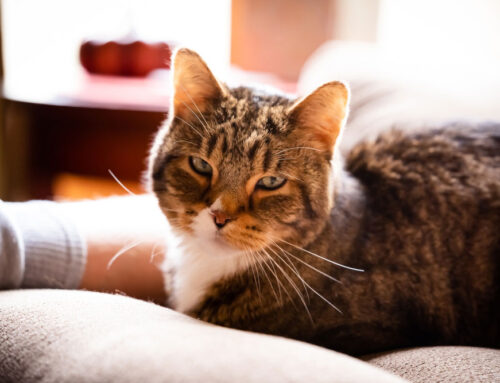Hepatic lipidosis (i.e., fatty liver syndrome) is one of the most common liver diseases that affects cats. This condition causes feline liver dysfunction, preventing this vital organ from carrying out its essential jobs. Help your cat avoid this illness by reading our Oliver Animal Hospital team’s answers to your frequently asked questions (FAQs) about hepatic lipidosis.
Question: How does the liver function in cats?
Answer: The liver is often considered the factory of the body because this organ is responsible for many of the chemical processes necessary for the body to function. The liver’s primary functions include:
- Nutrient metabolism — The liver processes and stores nutrients (e.g., carbohydrates, proteins, fats) that are absorbed from the digestive tract. This organ also helps regulate glucose, amino acids, and lipid levels in the blood.
- Blood filtering — The liver detoxifies and transforms harmful substances, such as drugs, toxins, and waste products, into forms that can be safely removed from the body.
- Bile production — The liver produces bile, a substance that helps in digestion and fat absorption in the small intestine. Bile also helps eliminate certain waste products from the body.
- Blood clotting — The liver produces proteins necessary for blood clotting, helping prevent excessive bleeding caused by an injury.
- Nutrient storage — The liver stores vitamins, minerals, and glycogen (i.e., a form of stored glucose for energy).
- Infection fighting — The liver’s immune cells help fight infections by removing bacteria and viruses from the blood.
Q: What causes hepatic lipidosis in cats?
A: The condition can develop when a cat, especially one who is overweight, dramatically reduces their food intake or stops eating completely. This can be attributable to stress or changes in their environment, but for 90% of affected cats, hepatic lipidosis is a secondary condition that is a response to an underlying disease or disorder. A cat’s body, like a human’s body, stores extra calories as fat that can be used for energy if a cat doesn’t eat enough food. When a large amount of fat is sent to the liver, the substance can be difficult to process, which can lead to a fat buildup, causing hepatic lipidosis. The excess fat buildup affects the liver’s ability to function, which can be fatal.
Q: What are hepatic lipidosis signs in cats?
A: Because the liver is involved in many bodily functions, an affected cat’s hepatic lipidosis signs can vary and may gradually or quite suddenly manifest. Inappetence and weight loss are the most common and obvious early signs. As the condition worsens, and a cat becomes significantly more sick, signs may also include:
- Vomiting
- Diarrhea
- Drooling
- Yellowing (i.e., jaundice) of the eyes, skin, and gums
- Lethargy
- Hiding
While these signs can indicate various health conditions, they all require prompt veterinary care. Hepatic lipidosis can progress rapidly without treatment, and early detection can significantly improve an affected cat’s prognosis.
Q: How is hepatic lipidosis diagnosed in cats?
A: To diagnose your cat’s hepatic lipidosis, your veterinarian will perform a thorough physical examination to assess your feline friend’s overall health and identify any hepatic lipidosis signs and primary causes. Your veterinarian may also recommend blood work to evaluate your cat’s liver function and other critical internal processes. To confirm a hepatic lipidosis diagnosis, your veterinarian may perform a tissue or cell biopsy.
Q: How is hepatic lipidosis in cats treated?
A: To stop the body fat breakdown and allow the liver to recover and function normally, nutritional support is the most important hepatic lipidosis treatment for cats, which is often supplied via a feeding tube to help ensure an affected cat gets the nutrition they need. Depending on your cat’s condition, your veterinarian may also prescribe medications, such as antinausea drugs, appetite stimulants, or antibiotics, to support the liver or treat the underlying condition that contributed to the hepatic lipidosis. To monitor your cat’s progress and help gradually reintroduce them to regular food, your veterinarian will need to see your feline friend frequently. With appropriate treatment, many cats fully recover from hepatic lipidosis. However, starting treatment as early as possible is crucial.
Q: How can hepatic lipidosis in cats be prevented?

A: Because excess weight is the most significant risk factor for hepatic lipidosis, you must help your cat maintain an ideal weight. Weigh your cat, calculate their daily energy requirements, and measure their meal portions accurately to ensure you feed them an appropriate amount. Monitor your cat’s eating habits and seek veterinary care if their appetite decreases.
Hepatic lipidosis can be a scary diagnosis, but you can help decrease your cat’s risk for developing this disease. If your cat’s appetite decreases, contact our Oliver Animal Hospital team so we can determine whether your feline friend’s nutritional needs are being met and prevent the onset of hepatic lipidosis.








Leave A Comment